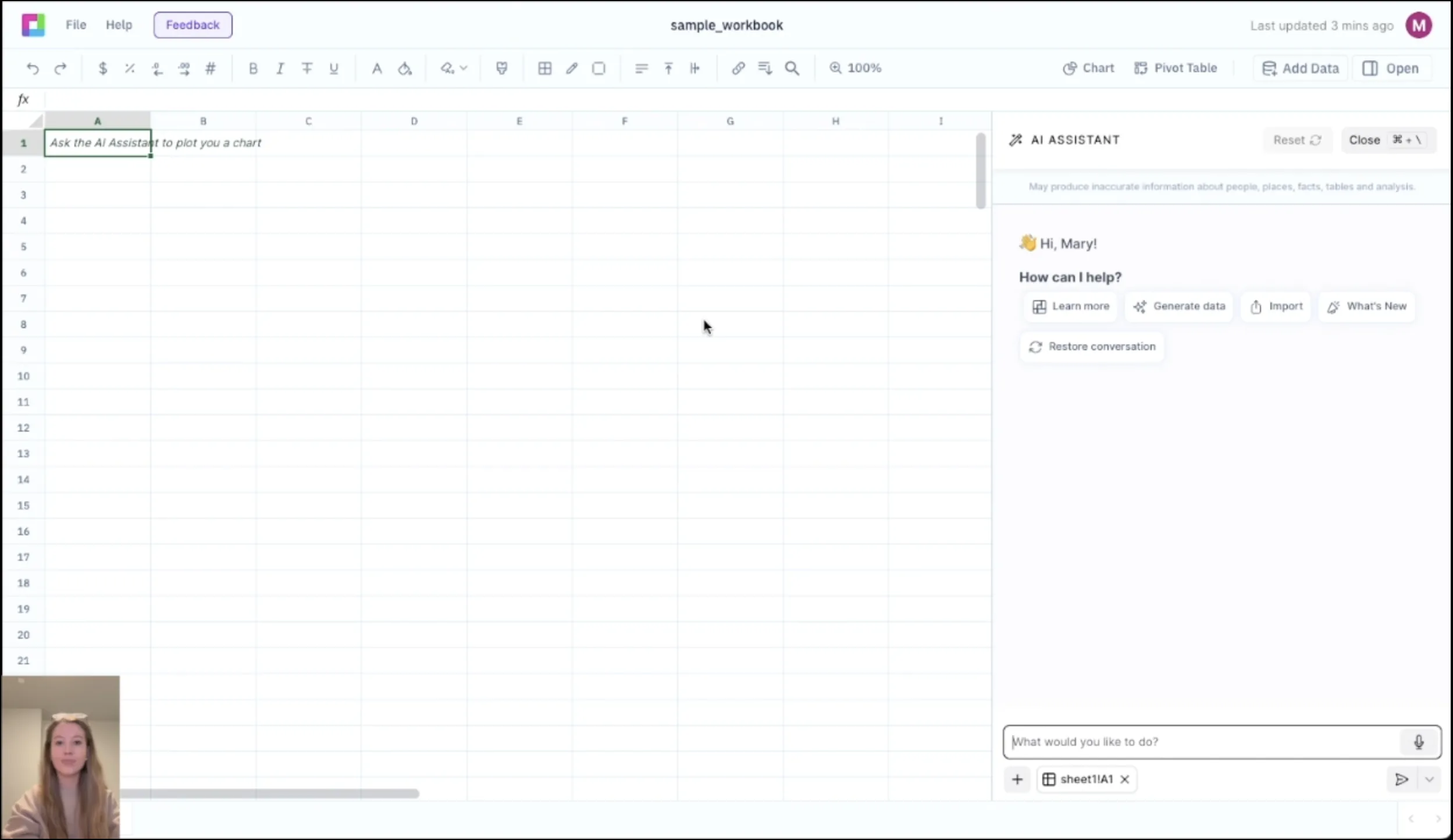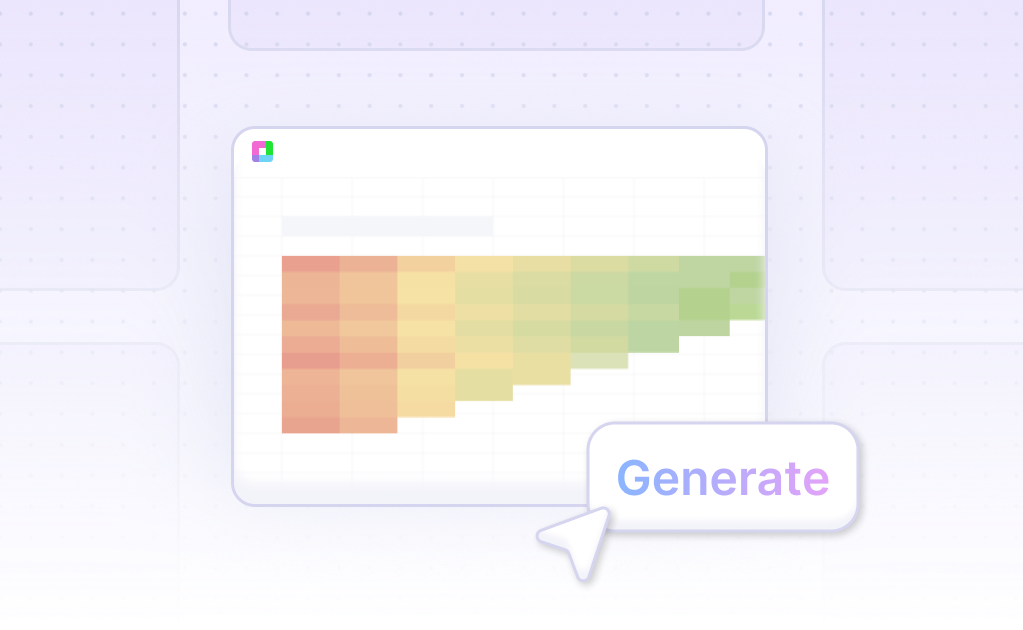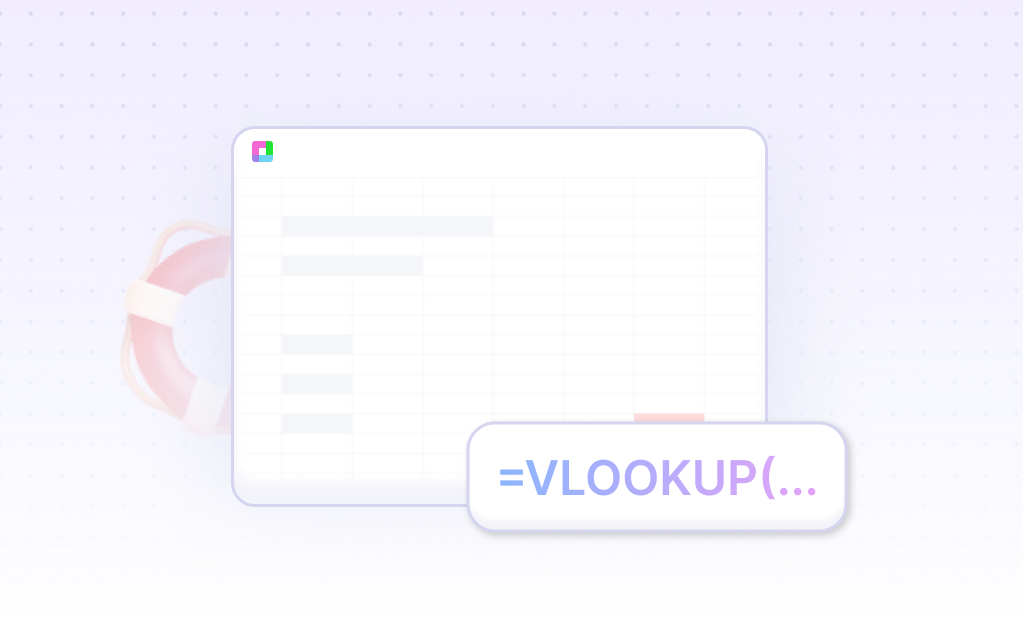
Master Operational Risk Management with Professional Analysis Tools
Operational risk management is essential for business continuity, regulatory compliance, and protecting organizational assets. Our Operational Risk template provides comprehensive tools to assess operational risks, analyze loss data, evaluate controls, and implement effective risk management with institutional-quality analysis.
From risk identification to control monitoring, build robust operational risk frameworks. Built for risk managers, compliance officers, and business leaders, this template helps you identify vulnerabilities, optimize controls, and ensure operational resilience.
Comprehensive Operational Risk Assessment
Risk Identification & Categorization
Identify operational risks across business lines using systematic frameworks including process mapping, risk taxonomies, and stakeholder interviews. Categorize risks by Basel II event types and business impact.
Risk & Control Self-Assessment (RCSA)
Conduct RCSA exercises to evaluate inherent and residual risks considering existing controls. Assess risk likelihood, impact, and control effectiveness using standardized scoring methodologies.
Key Risk Indicators (KRIs)
Develop and monitor key risk indicators for early warning of emerging risks. Set thresholds, trigger levels, and escalation procedures for proactive risk management.
Control Effectiveness Assessment
Evaluate control design and operating effectiveness using testing procedures, control matrices, and governance frameworks. Identify control gaps and remediation requirements.
Operational Loss Data Analysis & Modeling
Loss Data Collection & Management
Collect and manage operational loss data including internal losses, external data, and scenario analysis. Standardize loss classification, root cause analysis, and data quality controls.
Loss Distribution Modeling
Model loss frequency and severity distributions using statistical methods including Poisson, lognormal, and extreme value distributions. Calculate expected and unexpected losses.
Scenario Analysis
Develop operational risk scenarios including low-frequency/high-impact events such as cyber attacks, natural disasters, and regulatory fines. Quantify potential impact and likelihood.
Capital Allocation & Pricing
Calculate operational risk capital requirements using regulatory approaches (BIA, TSA, AMA) and internal models. Allocate capital across business lines and risk categories.
Frequently Asked Questions
What operational risk categories does the template cover?
The template covers all Basel II operational risk categories including internal fraud, external fraud, employment practices, clients/products/business practices, damage to physical assets, business disruption, and execution/delivery/process management.
How does it handle low-frequency/high-impact events?
The template includes scenario analysis frameworks for extreme events such as cyber attacks, natural disasters, and regulatory fines. It uses statistical methods and expert judgment to quantify these tail risks.
Can it integrate with existing risk management systems?
Yes, the template provides data import/export capabilities and standardized formats for integration with GRC systems, loss databases, and risk reporting platforms.
How does it calculate operational risk capital?
The template supports regulatory approaches (Basic Indicator, Standardized, Advanced Measurement) and internal models for calculating operational risk capital requirements and allocation.
Does it include business continuity planning?
The template includes business continuity and disaster recovery planning components with impact analysis, recovery time objectives, and contingency planning frameworks.
Related Risk Management Tools
Connect your most-used data sources and tools to Sourcetable for seamless analysis.
Frequently Asked Questions
If you question is not covered here, you can contact our team.
Contact Us





